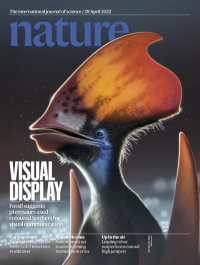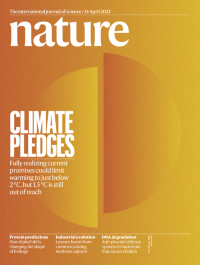IN DEPTH
Bids for Anthropocene’s ‘golden spike’ emerge
Download PDF – Sites compete to mark global changes of the 1950s and define new geological age
Census aims for better U.S. statistical portrait
Download PDF – Agency wants to retool its surveys and decennial census to improve efficiency and generate better data
Doubt cast on inflammation’s stop signals
Download PDF – Critics challenge data underpinning “resolution immunology,” triggering university probes
Germany weighs whether culling excess lab animals is a crime
Download PDF – As prosecutors evaluate complaints from animal rights groups, labs try to reduce surplus
Balloon detects first signs of ‘sound tunnel’ in the sky
Download PDF – Atmospheric analog to ocean’s acoustic channel could be used to monitor eruptions and bombs










